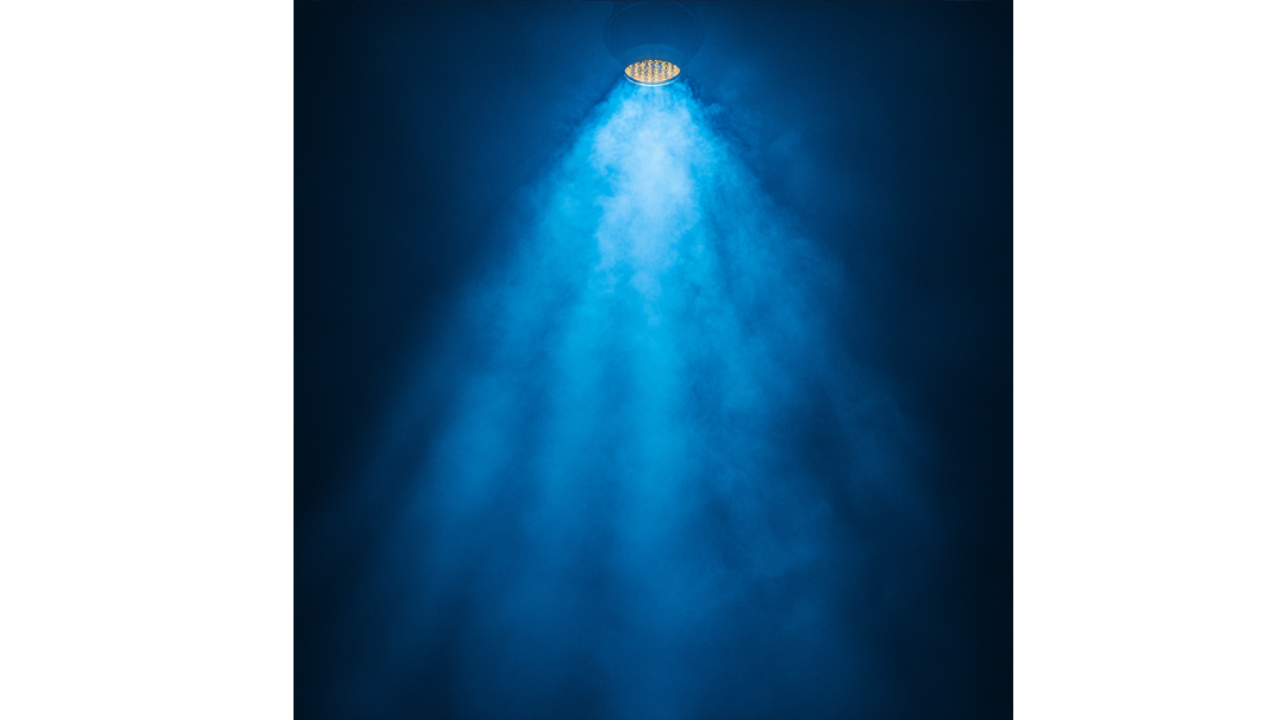3 min read
Why Your Content Strategy Needs Distribution Channels Before It Needs More Content
 Joy Youell
:
Oct 24, 2025 2:40:14 PM
Joy Youell
:
Oct 24, 2025 2:40:14 PM
-2.png)
I've been thinking a lot lately about what it means to sell content in 2025. And honestly? Those beautiful 15-blog packages we used to offer don't make sense anymore.
Here's what I'm seeing: Companies come to us wanting "content strategy," but what they really want is blog posts. They want rankings. They want traffic. And sure, we can deliver all of that. But then what happens?
The content sits there. It ranks. Maybe it gets some organic traffic. But it doesn't do anything because there's no system in place to activate it, distribute it, or convert those visitors into anything meaningful.
Content Without Distribution Is Just Noise
Let me paint you a picture of how this usually goes down.
A company invests in SEO content. We do the keyword research, build the topic clusters, create the informational architecture, write the articles. Everything is optimized. Everything is strategic. The content is genuinely good.
Three months later, they're frustrated because they're not seeing the results they expected. And when we dig into it, we find that nobody is sharing the content on social. It's not being featured in their email newsletter. There's no lead generation component. Their sales team doesn't even know the content exists.
The content is doing its job—it's ranking, it's bringing people to the site. But there's no mechanism to turn that visibility into anything else. No way to re-engage people who land on the page. No way to nurture them. No way to convert them.
That's the problem with treating content as a standalone deliverable.
The Shift to Content as Strategic Backbone
What I've been building instead is something different. I call it the Aurora approach—thinking about content not as a deliverable, but as the strategic backbone of your entire marketing operation.
Here's the concept: You need SEO content. Absolutely. That's your foundation. But you also need at least one reliable distribution channel that you actually own and control.
That could be social media where you're actively building community and sharing insights. It could be email marketing where you're nurturing leads and staying top of mind. It could be a webinar or broadcast series. It could be a lead generation engine tied to gated assets.
You don't have to do all of it. But you have to do at least one of them, and you have to do it well.
Because when you pair great content with intentional distribution, that's when you get stickiness. That's when you start seeing actual business results instead of just vanity metrics.
Why This Changes Everything
When we build content strategies this way, we're not just creating articles that live in isolation. We're creating a system.
Let's say you write a comprehensive guide on a topic your audience cares about. That guide ranks well for high-intent keywords. Great start.
But then:
- You break it into a 5-part email series that nurtures leads over two weeks
- You pull pull quotes and key insights for social media content that drives people back to the full article
- You use it as the foundation for a webinar that generates qualified leads
- You update it quarterly and re-promote it through all your channels
Now that single piece of content is working across your entire marketing ecosystem. It's not just sitting there hoping people find it. You're actively putting it in front of the right people, in the right contexts, at the right times.
That's the difference between content as a deliverable and content as strategic infrastructure.
What This Looks Like in Practice
In my ideal content engagement, we start with a deep audit and discovery phase. We're looking at brand positioning, competitive differentiation, share of voice, and market presence. We're identifying not just what content you need, but how it needs to work within your broader marketing strategy.
Then we build the informational architecture—the structure and organization that makes everything cohesive. We develop the content strategy itself, create custom AI agents trained on your brand voice and expertise, and establish the reporting and KPIs that actually matter.
Only then do we start creating content. And when we do, we're creating it with distribution in mind from day one.
We're building SEO content that's designed to be repurposed. We're creating social media content that drives people to your owned properties. We're developing email campaigns that re-engage people who've already shown interest. We're building lead generation assets that capture intent at the right moment.
Everything works together. Nothing exists in isolation.
Content Strategy That Works
If you're investing in content strategy right now, ask yourself: What happens after someone reads this article?
If the answer is "nothing" or "I hope they click around my site," you don't have a content strategy. You have a content production line.
Real content strategy includes distribution. It includes activation. It includes the systems and channels that turn visibility into engagement, and engagement into business results.
Stop buying blog packages. Start building content ecosystems.
Ready to build a content strategy that actually drives results? Connect with Winsome Marketing to explore how integrated content and distribution can transform your marketing effectiveness.

AI in Content Creation: Balancing Automation and Human Touch
As we move into 2025, artificial intelligence (AI) is revolutionizing content creation and SEO strategies. However, the key to success lies in...
-2.png)
Building Content That Opens New Markets: The Foundation for Strategic Business Expansion
Most companies think about content tactically. They want to rank for keywords. They want to drive traffic. They want leads.



